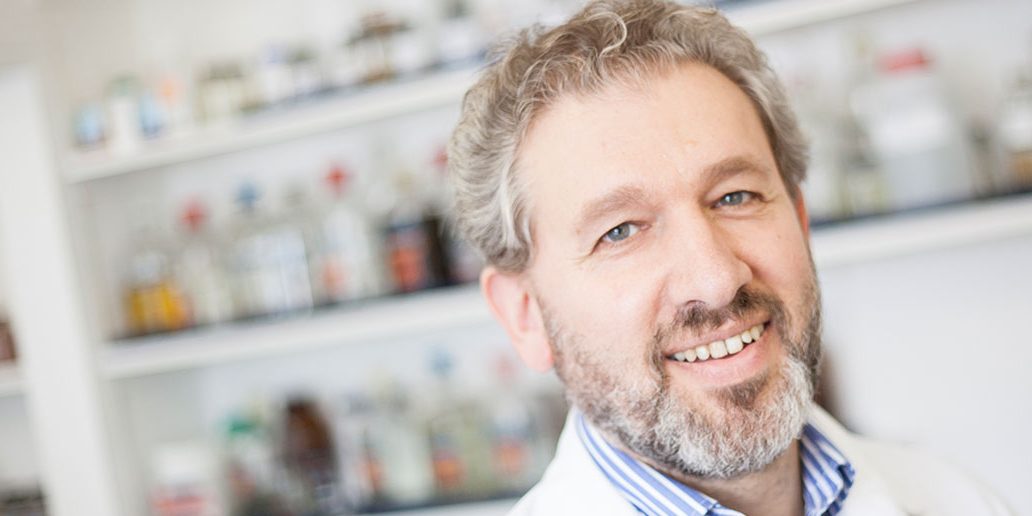Keeping ahead of the decontamination game
Peter Bacon explains why recent updates to HTM01-01 are likely to impact on instrument reprocessing in dental practices.
The Department of Health’s (DH) latest Health Technical Memorandum (HTM) 01-01 provides best practice guidance on the entire medical decontamination cycle, including the management and decontamination of reusable surgical instruments and medical devices used in acute care. Although this guidance does not strictly apply to dentistry, key changes to protein detection methods on surgical instruments, set to be introduced later this year, are certain to have an important bearing on dental practices in years to come.
Protein residue testing in dentistry, as laid out in HTM01-05, is a routine part of the dental decontamination process and has, over the years, become increasingly sensitive in detecting any presence of protein. The current testing procedure involves swabbing a surface after cleaning so that any residual protein can be measured. This tried and trusted formula works well, and is particularly effective in relation to minimising the risk of prion transmission.
What is of interest to dentistry is that HTM01-01 now advocates that the medical profession should take the next evolutionary step and measure protein in situ, rather than by swabbing or elution. The inference here is that if something has adhered to a surface that cannot be removed, it will not be detected by the current method. By detecting adhered protein directly on the surface of an instrument a more appropriate indication of cleaning efficacy in relation to residual protein and the associated prion risk is obtained.
New commercial technology is currently being developed that allows detection of protein in situ to a recommended level of ≤5 µg of protein per instrument side. The leading technology is the ProReveal system, a fluorescence-based patented protein detection test for checking the presence of residual protein on surgical instruments after going through a washer disinfector process. ProReveal does not yet have CE marking, something of a problem when HTM 01-01 states: “Devices to detect residual protein must be CE-marked as an accessory to a medical device”.
The new HTM01-01 guidance comes into effect in July 2017 for the high prion risk area of neurology, and all other medical areas will follow 12 months later. It should be emphasised that 5 micrograms of residual protein does not represent an immediate pass/fail limit, rather this standard is being regarded as ‘best practice’ that should be worked towards.
So is the new target of ≤5 µg of residual protein per instrument side achievable? In my opinion, probably not under current working practices. Extensive and expensive hospital decontamination equipment and chemicals used in them are not going to be replaced overnight with more effective processes. However, what can readily change is what happens
to instruments before they are reprocessed. A simple and cost-effective operation using currently available validated and CE marked pre-treatment products can be used to increase the effectiveness of subsequent cleaning processes.
In a paper published in 2007 , Lipscomb, Pinchin, Collin and Keevil found that pre-soaking instruments prior to cleaning significantly reduced (by up to 96%) prion-infected tissue contamination. The same study concluded that allowing a contaminant to dry onto an instrument surface for any length of time could severely hamper its removal and thereby compromise the effectiveness of subsequent sterilisation procedures.
In a large hospital environment, it can take half a day or more to get used instruments from operating theatres to the CSSD for reprocessing, plenty of time for protein to bind to instrument surfaces. If instruments were to be simply pre-treated within 30 minutes of being used and kept moist by using a non-hazardous, water-based formulation, this would have a measurable effect on the residual protein detected without the need to change anything else in the reprocessing procedure.
If this simple process can be made to work in hospitals, it should be even more straightforward in the smaller scale and self-contained environment of a dental practice. The principle of pre-treating remains the same. It takes less than 60 minutes in a warm practice environment for protein to start to harden and coagulate, making it impossible to totally remove. Therefore, keeping dental instruments moist following use and before cleaning, greatly improves the effectiveness of the cleaning process.
Although HTM01-01 is focused on the medical profession, the underlying processes, recommendations, and subsequent changes made within it will undoubtedly work their way into the dentistry sphere, via an updated version of HTM01-05, within the next few years. And, there is nothing to stop the dental profession getting ahead of the game by using instrument wetting agents and suspension foams throughout the working day, not only when instruments are unable to be cleaned immediately after use. This move towards best practice means that once a protein measurement requirement is introduced, which it inevitably will, practices will be better placed to integrate such changes, remain compliant and achieve the desired results.







